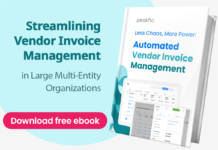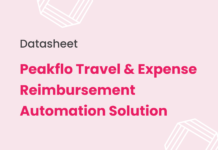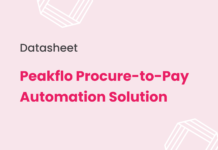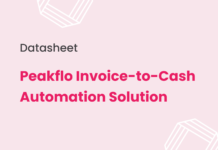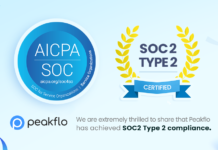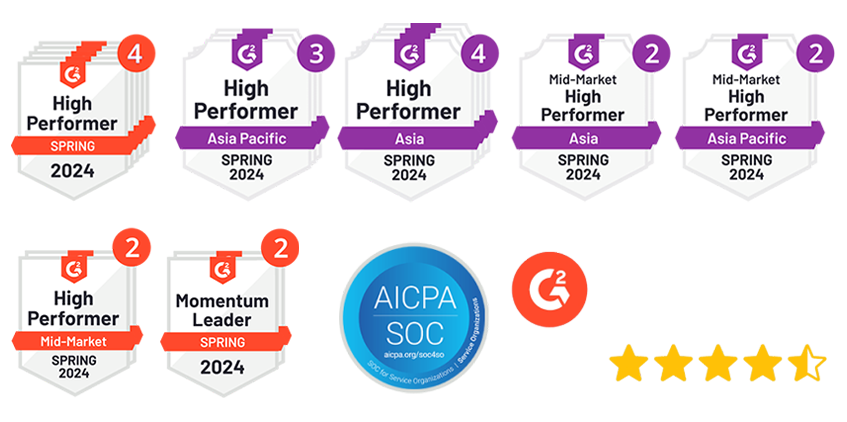Expense reimbursement can be a big cost for businesses, so it is important to manage it efficiently. Without good systems in place, you might waste time and money.
Managing reimbursement can be complex, taking up a lot of your and your employees’ time, and it can also open the door to fraud. To tackle these issues, businesses need smooth processes and dependable technology.
In this blog, we will look at the details of employee expense reimbursement. Explain why good management is crucial, and show how technology can make the process easier and help prevent fraud.
What is Expense Reimbursement?
Expense reimbursement is an important process for businesses of all sizes. It means paying employees back for the money they spend on work-related expenses, like travel or client dinners. Unlike regular wages, the government does not tax these reimbursements.
Employees often cover these costs upfront, so having a clear reimbursement plan ensures they get their money back quickly and fairly. This plan also helps managers keep track of spending and take advantage of tax benefits.
Without a good reimbursement system, expense requests might be missed or delayed, which can frustrate employees and cause problems. So, it’s crucial to set up an easy and organized way to handle employee reimbursement.
Example of Expense Reimbursement
Imagine you are a sales rep who travels to meet clients. On one trip, you book a hotel for two nights and pay for meals, totaling $500 on your credit card.
When you get back, you make an expense report showing what you spent, with receipts for the hotel and meals. You give this report to your manager.
Your manager checks and approves the travel expense reimbursement. Then, the finance team processes the reimbursement, and you get $500 back to cover your costs.
Types of Expenses Reimbursement
Here are common types of expense reimbursements businesses often use:
- Travel Expenses: Costs for business trips, like plane tickets, hotels, rental cars, and meals.
- Mileage Reimbursement: Payment for using your personal car for work, based on the number of miles driven at a set rate.
- Meal Expenses: Reimbursement for meals bought while traveling for work or during business meetings.
- Transportation Expenses: Costs for public transport, taxis, or ride-shares used for work.
- Supplies and Materials: Reimbursement for office supplies or materials bought for work.
- Client Entertainment: Costs for entertaining clients, like meals or event tickets.
- Training and Education: Reimbursement for expenses related to work-related training or educational events.
Businesses should have clear rules about what expenses can be reimbursed and what paperwork is needed to process these employee expense reimbursement requests.
What Qualifies as a Reimbursable Expense?
When checking if an employee’s expense is valid for reimbursement, make sure it follows the company’s travel and expense policies. These criteria must be met for the expense to be reimbursed.
- Is it necessary for the job?
- Would other employees in the same role have the same expenses?
- Are the expenses related to travel that are essential and unavoidable for job completion?
- Did the employee use their own money for this expense?
- Has the employee submitted a reimbursement request?
- Has the employee provided proof of payment?
- Did the employee inform their manager or the accounting department on time?
How Should Employees Report Expenses?
Employees need to fill out an expense report form to get reimbursed for business costs. This form helps track spending and is important for financial records.
An expense report typically includes:
Expense Details: Date, description, amount, and currency of each expense.
Expense Categories: Grouping expenses by type (e.g., lodging, meals, travel) to help organize and analyze spending.
Supporting Documents: Receipts, invoices, or other proof of payment for reimbursement and auditing purposes.
Total Charges: Summing up all expenses incurred for a specific period, with subtotals for different expense categories if needed.
Additional Details: Purpose of the expense, project/client associated with it, and any special notes.
After completing the expense report, it is sent to the right department or person in the organization for review and approval. The organization’s policy determines how to check, reimburse, and record the incurred expenses in the financial records.
A Step-by-Step Guide to Expense Reimbursement Process
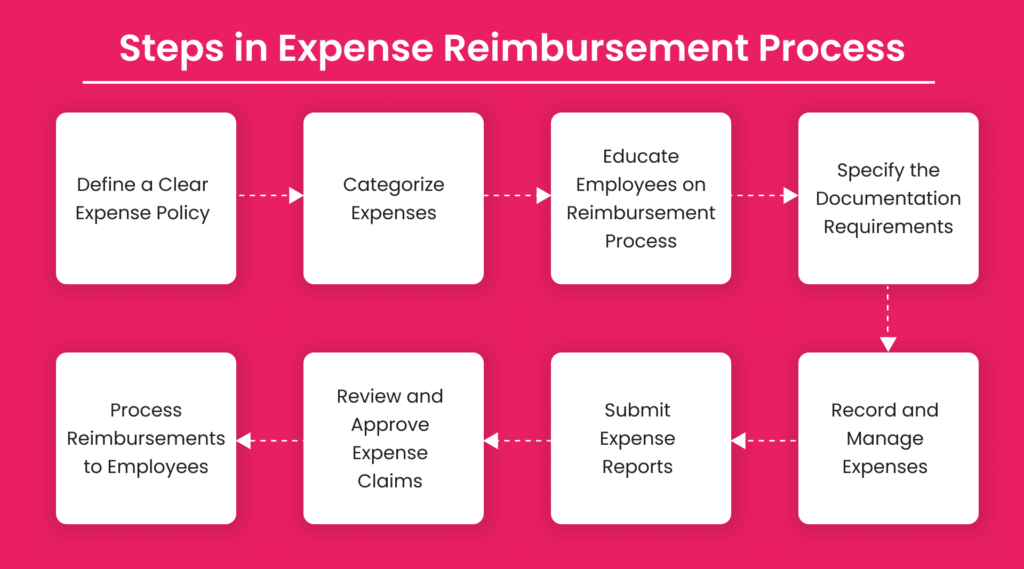
1. Define a Clear Expense Policy
Start by creating a clear expense policy that explains which expenses can be reimbursed and how to submit expense reimbursement requests. This policy will guide employees and help avoid overspending or claims for expenses that are not allowed.
2. Categorize Expenses
To make handling reimbursements easier, organize and sort expenses into categories like travel, meals, and supplies. This way, you can keep track of what each expense is for, which helps with accurate reporting and accounting.
3. Educate Employees on Reimbursement Process
Make sure employees know how to submit reimbursement claims correctly. Stress the need for accurate documents and following the policy guidelines. Encourage them to ask questions and share any concerns they might have to ensure they stick to the policy.
4. Specify the Documentation Requirements
It is important to clearly define what documents are needed for each type of expense. This might include receipts, invoices, or other proof of purchase. Explain to employees that keeping and submitting accurate documentation is crucial for getting their expenses reimbursed. Proper documentation helps ensure that all claims are legitimate and compliant with your policies.
5. Record and Manage Expenses
Set up a system for employees to track and record their expenses. This could be a digital system where employees upload photos of their receipts or a manual system where they keep physical copies of receipts. Make sure the process is user-friendly to encourage everyone to follow it.
6. Submit Expense Reports
Provide a platform where employees can easily submit their expense reports. This can be an automated travel and expense management software, a manual form, or a spreadsheet. Encourage employees to submit their reports on time to prevent delays. Give clear instructions on how to fill out the expense report form and specify the information needed for each expense.
7. Review and Approve Expense Claims
Here’s a simpler version:
Set up a process for checking expense reports to make sure they follow the company policy. This could include having the finance team or department managers review the reports to confirm the expenses incurred are correct and valid. Any mistakes or policy violations should be fixed before expense approval.
8. Process Reimbursements to Employees
Once you review and approve expense reports, process reimbursements quickly. Paying employees on time keeps them happy and ensures they don’t have to cover work-related expenses out of pocket.
Major Roadblocks in the Manual Expense Reimbursement Process
Here’s a simplified version:
- Employee Cash Flow Problems: Traditional reimbursement methods can strain employees’ finances, especially with delays and check payments.
- Confusing Expense Policies: Complicated policies cause confusion and overspending. Clear policies help everyone follow the rules and speed up reimbursements.
- Lack of Spend Visibility: Without real-time expense data, it’s hard to track and manage employee spending effectively.
- Paperwork Hassles: Managing receipts manually is slow and prone to errors. Automation can simplify this process and cut down on manual work.
- Errors in Records: Manual data entry often leads to mistakes. Digital solutions can improve accuracy.
- Communication Issues: Miscommunication can delay reimbursements. Clear instructions on documentation and approval are key.
- Receipt Handling Problems: Manually managing receipts is difficult. Automation can make verifying and matching receipts with expense reports easier.
- Approval Delays: Manual approval processes are slow. Automation can speed up approval workflows.
- Audit and Compliance Challenges: Manual checks for compliance are time-consuming. Automated solutions can make compliance checks and error detection faster.
How to Streamline Expense Reimbursement Process?
Streamlining the expense reimbursement process can make things run more smoothly and cut down on administrative work. Automation is key to achieving this. By automating expense reimbursements, companies can get rid of manual tasks, cut down on errors, and speed up how quickly employees are reimbursed.
Automation lets employees easily submit their expenses using digital tools like expense management software or mobile apps. These tools automatically check expenses against company rules, so there’s less need for manual checking.
Plus, automation speeds up approval processes. Managers can review and approve expenses online from anywhere, which means no more dealing with paper receipts or manual approval steps. This makes the whole process quicker and more convenient for everyone.
How Automated Expense Reimbursement Benefit Everyone?
Automated expense reimbursement has several benefits that can improve morale, provide tax savings, and increase productivity. Here’s how it helps both employers and employees:
Benefits for Employers
- Fewer Mistakes: Automation cuts down on errors in expense reporting and reimbursements, reducing mistakes by employees, managers, and finance teams.
- No More Paper: Automation eliminates the need for paper, making it easier and faster for supervisors and finance teams to handle reports.
- Policy Adherence: Automation helps ensure reports follow company expense rules, catching and stopping any that don’t comply.
- Better Insight: Automation gives a clearer view of spending, helping to spot overspending or underspending and improving expense control and forecasting.
Benefits for Employees
- Less Financial Stress: A good reimbursement process means employees get their money back for business expenses, so they don’t have to worry about their finances.
- Easy Business Travel: With a well-organized reimbursement system, employees don’t have to stress about delays in getting their expenses covered during business trips.
- Simpler Expense Claims: A clear reimbursement process makes it easier for employees to follow the rules and manage their expense claims.
How Peakflo Streamlines Expense Reimbursement?
Peakflo’s Travel and Expense Management solution streamlines employee expense reimbursement. It provides a suite of features that simplify the entire process from policy creation to auto-disbursement. It allows companies to configure specific policies for allowable expenses, manage expense categories, and define rules for approvals based on various criteria.
With Peakflo, employees can easily submit their travel requests and expenses. Managers can quickly review and approve these submissions. Automation ensures compliance with company rules, reduces mistakes, and speeds up employee reimbursements.
Peakflo uses OCR technology for 2-way matching, which helps catch any mismatches or duplicate expenses. It also keeps all communication and approvals in one place, making it easy to track everything for transparency and accountability.
FAQ
Do I need receipts to reimburse an employee?
Yes, receipts are generally required to verify the expenses. This helps ensure that the reimbursement is for legitimate business expenses and complies with tax regulations.
Are reimbursed expenses taxable?
Reimbursed expenses are typically not taxable as long as they are business-related and meet the IRS guidelines. However, if an employee is reimbursed for personal expenses or if the reimbursement exceeds the actual cost, it may be taxable.
How long do I have to reimburse employee expenses?
You should reimburse employees as soon as possible, ideally within a reasonable timeframe (e.g., 30 days) after they submit their expense reports. This helps maintain good relationships and ensures compliance with company policies.


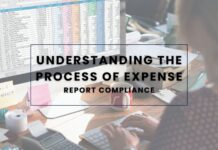







![Why AI Sales Calls Are Making Good Sales Reps Even Better [2025 Guide] ai sales calls](https://blog.peakflo.co/wp-content/uploads/2025/09/65168cf6-3001-4733-8cbc-12d5684cf449-218x150.webp)







